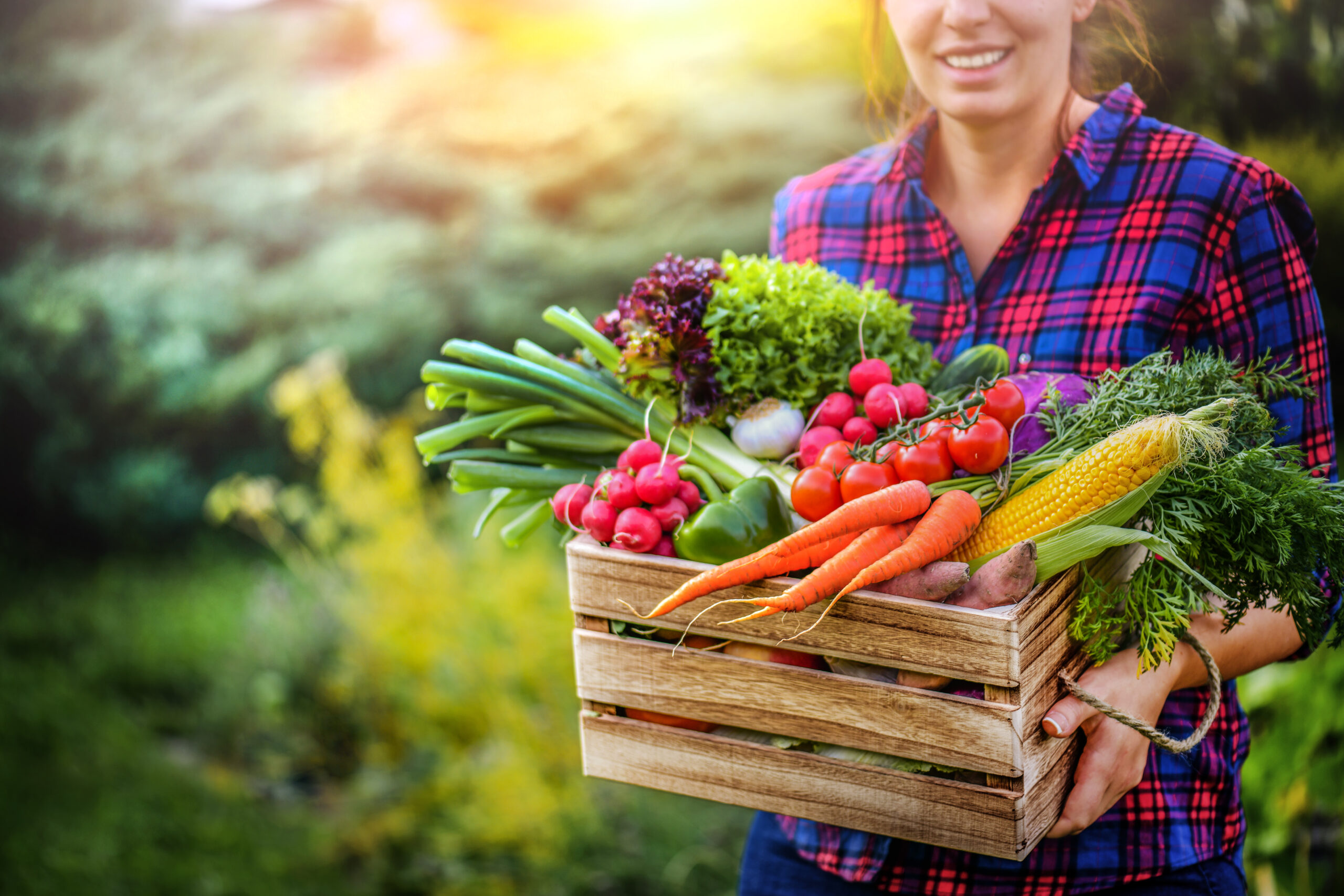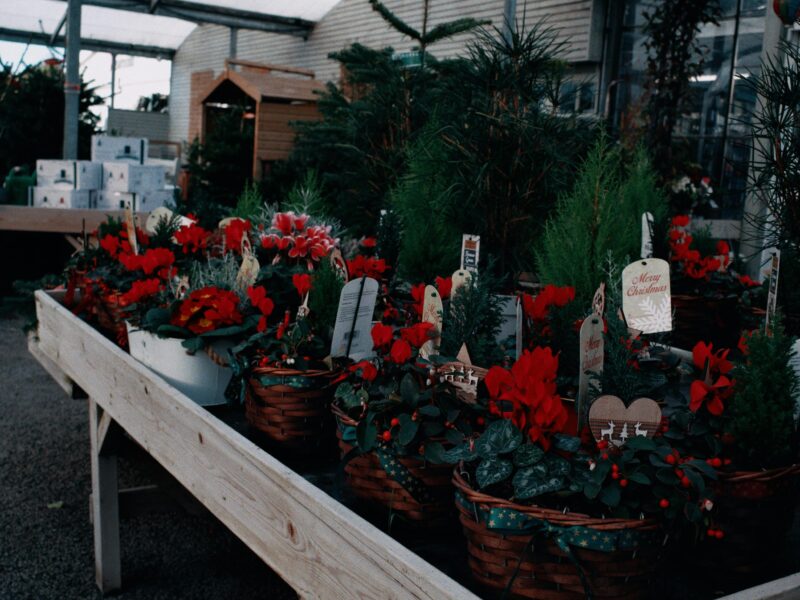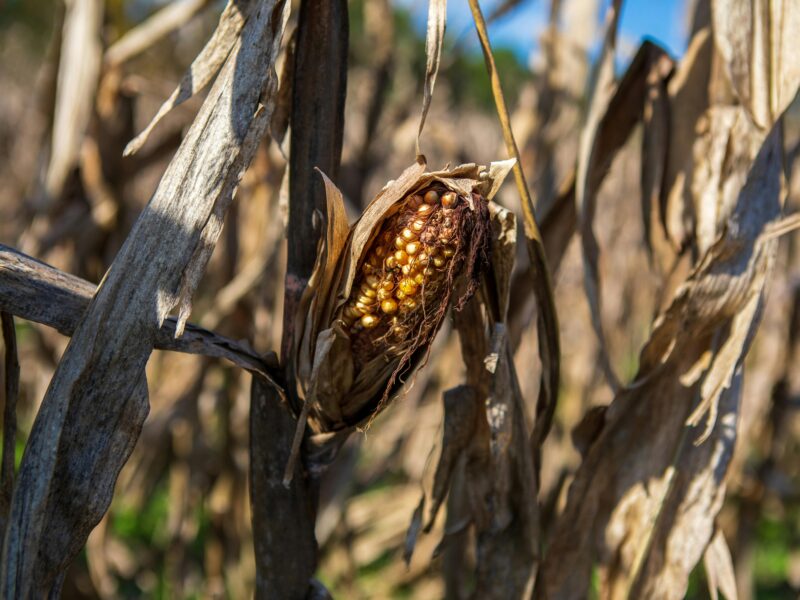As the sweltering heat of summer begins to wane and the days gradually become shorter, the garden enters a period of transformation. Autumn arrives with a promise of cooler temperatures, softer light, and a different kind of growth. This season is not just a time of preparation for the winter months ahead but also an opportunity to enjoy the fruits of your labor and ensure a bountiful harvest. Here’s how to make the most of your garden during this rich and rewarding time.
1. Harvest and Celebrate
Autumn is the season of harvest. It’s time to reap the rewards of your summer garden. Vegetables such as squash, pumpkins, and root vegetables are at their peak. Herbs should be gathered and preserved, either through drying or freezing, for winter use. This period is a celebration of abundance, so take the time to enjoy and share the bounty of your garden with friends and family.
2. Plant for the Future
Many people think of spring as the time for planting, but autumn is equally important for setting the stage for next year’s garden. Planting bulbs in the fall ensures a burst of color in the early spring. It’s also the ideal time to sow cool-season crops like kale, spinach, and lettuce, which can yield a late autumn or early winter harvest. Additionally, planting perennials, trees, and shrubs in the fall allows them to establish roots in the cool, moist soil, making them more resilient when the heat returns.
3. Soil Improvement
After a productive season, your garden’s soil might be depleted of nutrients. Autumn is the perfect time to enrich your soil by adding compost or well-rotted manure. Tilling these amendments into the soil will help to replenish it, improving structure and fertility for the next growing season. Consider also planting cover crops like clover or vetch, which can fix nitrogen in the soil and prevent erosion over the winter months.
4. Pest and Disease Control
Fall garden cleanup is crucial for controlling pests and diseases. Remove any spent plants and fallen leaves, especially those showing signs of illness, and dispose of them away from your garden area to prevent the spread of disease. This is also a good time to rotate your crops, especially if you grow vegetables, to reduce the buildup of pests and diseases in the soil.
5. Prepare for the Cold
As the temperature begins to drop, it’s essential to protect your sensitive plants. Mulching around perennials, shrubs, and overwintering crops can provide a layer of insulation against the cold. Use materials like straw, leaves, or wood chips. For particularly tender plants, consider using frost cloths or moving them to a sheltered location.
6. Plan and Reflect
Autumn is a great time for reflection and planning. Take note of what worked well in your garden, what didn’t, and any pest or disease issues you encountered. Planning for the next year can begin now, from deciding on crop rotations to choosing new plant varieties to try. This is also an excellent opportunity to order seed catalogs and dream about next year’s garden.
7. Water Wisely
While it’s true that the need for watering decreases as the weather cools, it’s important to keep an eye on moisture levels, especially for new plantings. They need consistent moisture to establish their root systems. Additionally, giving your perennials and trees a deep watering before the ground freezes can help them stay hydrated through the winter.
8. Tool Maintenance
With the slowing of garden chores, autumn provides the perfect opportunity to clean, sharpen, and repair your gardening tools. Taking care of this now means that everything will be in top condition when the busy spring season arrives. Properly maintained tools can make garden work more efficient and enjoyable.
9. Encourage Wildlife
Autumn is a crucial time for the wildlife in your garden as they prepare for winter. Leaving seed heads on some flowers can provide food for birds. Consider installing a bird feeder or a water source for birds and other wildlife that might be looking for sustenance during the colder months.
10. Enjoy the Beauty
Lastly, take the time to enjoy the unique beauty of your garden in autumn. The changing leaves, the crisp air, and the golden light make this a special time of year. Whether it’s savoring a quiet moment with a hot drink in hand or taking a leisurely walk through your garden, appreciate the sense of completion and the cycle of growth and rest that the season represents.
Autumn in the garden is a time of both activity and reflection. It’s a period to enjoy the abundance of the harvest, prepare for the cold months ahead, and plan for the future. By following these tips, you can ensure that your garden remains a source of joy and bounty through the autumn and beyond. Embrace this season of change and let it inspire you to keep growing, both in the garden and in life.


